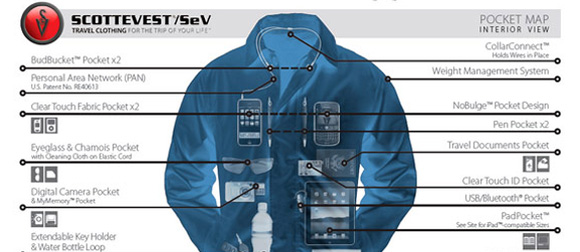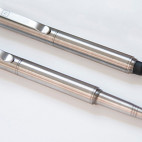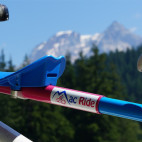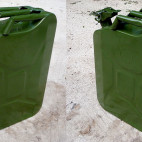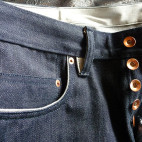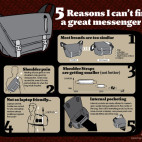MacGyver Clothing
SCOTTEVEST has been around for a decade now, but we’d never really thought to post about them. Then an article from Core77, pinged to us from Aaron at Knog, and we figure it’s time to share this special kind of weirdness…
I have to start by saying The Woz is a board member of SCOTTEVEST. For anyone that knows Apple, you’ll know that Steve Wozniak was the geek half of Apple, the one that made all the tech dreams a reality. When you know that The Woz is involved, you can probably figure that this stuff is all about functionality, and perhaps not so much about lattes in Milan.
Scott Jordan was the catalyst for the brand, as he sought to loose the Man Bag and yet still have access to all his modern day tech and gadgets. The result is a full range of clothing that lists the number of pockets each item has as a key performance indicator (28 was the best I found).
In recent times they have shifted their focus more to travellers, but it’s still the same feel and flavor… MacGyver inspired clothing for tech toting boy scouts (of the grown up variety). Check out the Core77 article for more.
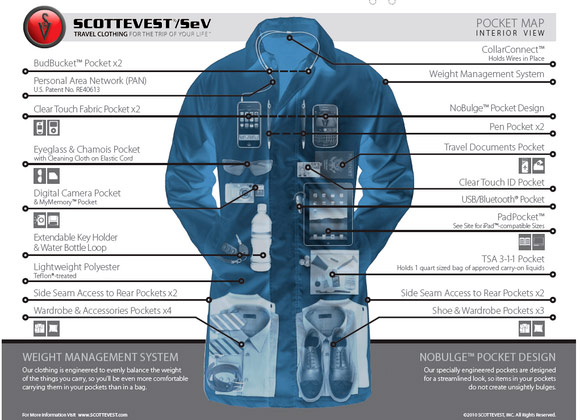
–
Bonus section: And yet, there is always someone more extreme. In carry clothing, that someone is Eric Le Fou, a man with a true obsession. He keeps 1300 items in his everyday jacket, and has the record to prove it.
(via @CreativityBoost)





 Carry Awards
Carry Awards Insights
Insights Liking
Liking Projects
Projects Interviews
Interviews
